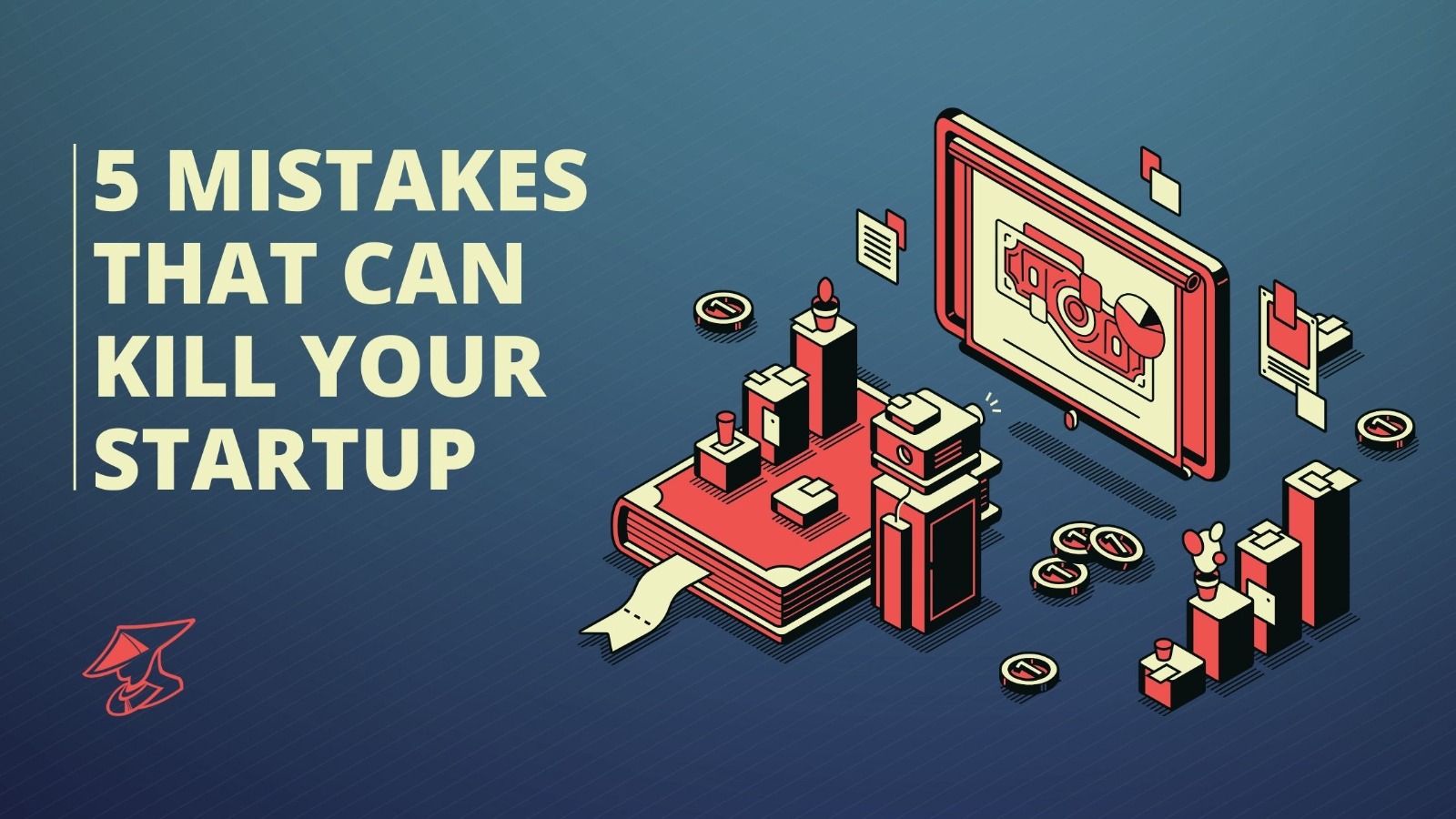SaaS Development Slip-ups: Five Mistakes Hindering Your Company's Growth
by Ben Brown | 01/14/2024

by Ben Brown | 01/14/2024

Software as a Service (SaaS) represents a significant shift in how businesses operate and deliver value. While the potential for growth and scalability in the SaaS model is undeniable, missteps during its development phase can lead to profound consequences as the company expands. To navigate this challenging terrain, understanding and avoiding common pitfalls is essential. Here, we spotlight the top five mistakes in SaaS development and their potential repercussions.
Focusing too much on the back-end and neglecting the front-end can be a costly oversight. Some SaaS developers prioritise functionalities and features over user experience (UX) and user interface (UI), resulting in a product that, while technically robust, is cumbersome or unintuitive.
As the company grows, a subpar user experience can hinder user acquisition and retention. In a market saturated with options, users will gravitate towards solutions that are both powerful and user-friendly.
In the race to launch a product, security can sometimes take a back seat. Rather than being an integral part of the development process, it becomes an afterthought.
The larger the user base grows, the more attractive the platform becomes to potential cyber threats. A security breach can lead to a loss of user trust, regulatory fines, and substantial financial setbacks.
Designing a SaaS platform without keeping scalability in mind means the infrastructure might not handle increased loads as the user base expands.
Without scalability, performance issues arise. Slow load times, system crashes, or other malfunctions can lead to user dissatisfaction. Additionally, retrofitting scalability can be much costlier and time-consuming than integrating it from the start.
Some SaaS developers might rush the testing phase, performing only basic checks rather than comprehensive testing, including load testing, security audits, and user acceptance testing.
Unidentified bugs or vulnerabilities can manifest as the user base grows, leading to system malfunctions or security threats. This not only affects the platform's reliability but can also tarnish the company's reputation.
Building a SaaS product based solely on assumptions or personal beliefs without validating market needs or seeking user feedback.
A product that doesn't address actual market needs or align with user expectations will struggle with acquisition and retention. As the company scales, pivoting or making significant changes becomes more challenging and expensive.
SaaS development is a complex process, and while mistakes are part of any growth journey, being aware of common pitfalls can help in steering clear of them. By prioritising user experience, integrating robust security, ensuring scalability, conducting thorough testing, and staying attuned to market needs, SaaS companies can lay a strong foundation for sustainable growth.
In the rapidly evolving world of SaaS, being proactive, rather than reactive, and learning from the mistakes of others can make the difference between fleeting success and long-term industry leadership.
Start scanning your projects for free. You will get a free breakdown of your security status. Start securing your future now.
Get started